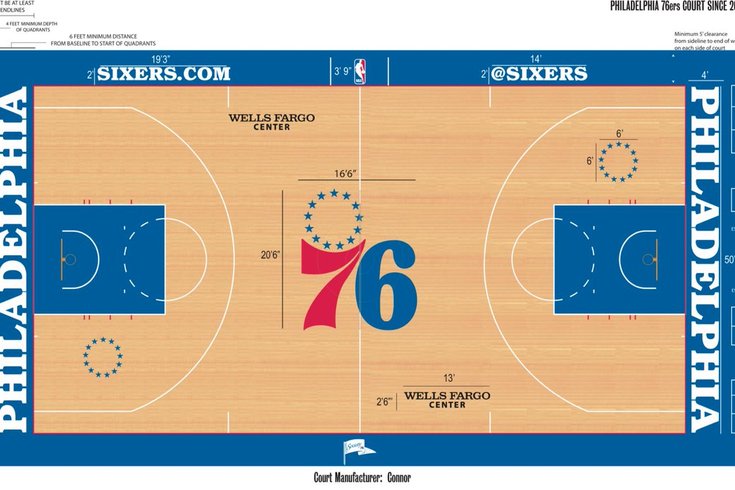There is no doubt that Louise Bourgeois is a very expressionistic artist. She did so in an interesting way with her abstract sculptures. While also using other mediums Bourgeois was most successful with her sculptures. Her sculptures are more successful because they are able to entice the audience into an ambiguous discussion of the work leading into further discussions. While her inspiration and thought behind the work has a very unique meaning in her memory. Bourgeois created new symbols for the feelings and emotional states she experienced as a child. These unique symbols, focusing solely on emotional experience, provoke discussion and thought on a myriad of ideas and experiences.
3.M.2
Tropes are a figure of speech and are used commonly. The most common and easy to spot examples for me exist on screens. Such as the damsel in distress, or the wise old teacher. In Bourgeois’ work she uses existing tropes and creates her own visuals to go represent those. She also creates or brings to light lesser known tropes such as her piece Femme Maison. The piece relates to a struggle many woman may connect with; a feeling of obligation to a household even though they want to explore their own life. These tropes she explores are mostly self reflecting but as a good artist she knows people are all similar and that many will be able to connect.
3.M.1
As discussed in the wiki, everything is a sign. And that sign is created by the signifier (stop sign) and a signified (the drivers who stop). Bourgeois work in this clip are mostly symbolic signs and represents ideas, mostly evolving around ethics and morals. She wants to convey different viewpoints along with the different feelings that come along with that life. An example she uses is the little girl’s and grandmother’s hands. She says how the little girl is helpless and she wants to convey that feeling along with the feeling of relief from the grandmother’s hands supporting the younger hands.
3.R.3
Tropes are figurative language that we use on a regular basisand can sometime snot even realize we use them. An example is when asking for a tissue or napkin many people will say “Hand me a kleenex”. Kleenex is a specific product but the connotation that has been created in society is so that most people would understand the statement really just means “my nose is running get me a tissue before I use my sleeve”.
Metaphor: The lake was a mirror.
Metonym: To be successful you have to grind.
Synechdoche: Let’s play frisbee.
Irony: Saying “Good hands” if someone drops a ball.
3.R.2
This reading gave a detailed definition of what a sign is and what makes something a sign. A sign consists of the signifier (STOP sign) and the signified (driver who stops their car). If a sign is not obeyed than it is basically not a sign. I think. Signs can also be broken down into three categories Iconic sign, which resembles the signified for example a map. Indexical sign, correlates to the signified(Check Mark>>Good Job/Finished). Symbolic sign, abstracts the signified, the flag of a country.
My examples of the three types of symbols are as follows:
Iconic:

Indexical:

Symbolic:
3.R.1
This chapter explains Expressionism and Cognitivism and how these ways of thinking about art were formed as reactions to previous movements. Both of these ideas about art have a similar definition of what constitutes art. That is, art is an expression of the world we exist in and our experiences during life, and these art forms are sometimes the only or best way to convey the thoughts we cannot yet articulate. Where they differ is that the Cognitive view of art places a high level of value on art as knowledge, because art is often a representation of unique thoughts and feelings. Giving the idea that art is the early stage of unique and complex thought that should be further studied.